Notes
The Art and Technology of this Year’s Olympic Photographs
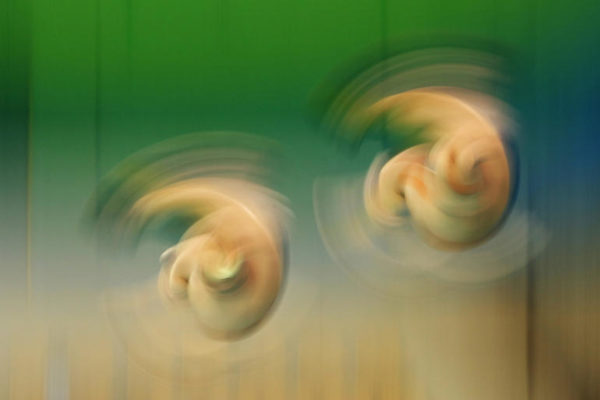
Looking at this year’s Olympic photos, it’s impossible not to take awe at the creativity and imagination of the news photography. Of course, there is no replacement for the skillful shooter. At the same time, technology and more artistic latitude is allowing photographers to greatly expand the realm of the craft.
In the photo above and the one at the bottom of the post, we have pictures that look, in whole or in part, like paintings. And in the last photo, there is no tradeoff at all between “who-what-where-when,” dramatic action, and an impressionistic rendering of the scene.
The artistry in the lead photo is really specular, though. That the divers are like human centrifuges or potter wheels is fascinating enough. But what I like even better is how much the divers also look like shells, or whirling dervishes. With the world, and Brazil itself, so riven by strife, it is particularly comforting to see these competitors evoke such natural, and cultural forms.
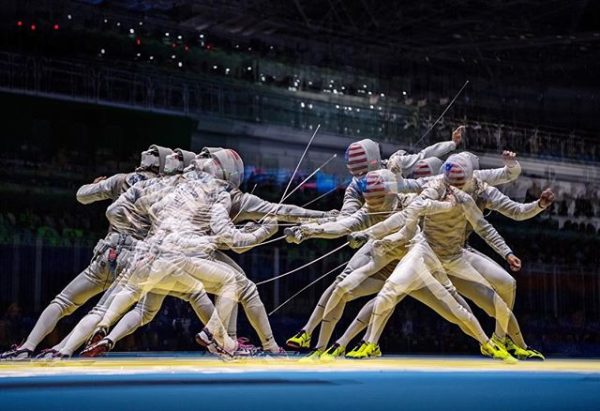
There is so much to admire about this multiple exposure. A static image communicates an athlete’s technique and status in the moment. Here instead, though, as competitive athletics involves endless repetitive practice and mastery of technique, we get a sense of the athlete putting it all together. In contrast to the “decisive moment, we might call this “the decisive process.”
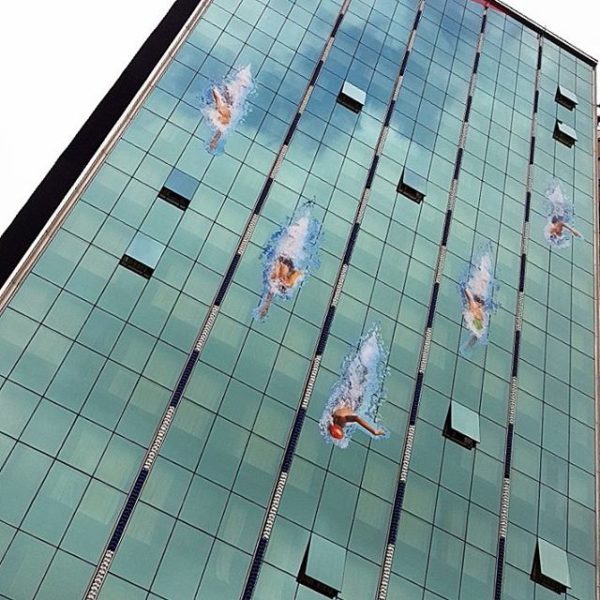
What’s going on here is the creative use of architectural surfaces, or the urban skin, as a canvas for commercial art. Grow more dramatic and prevalent, this marketing culture eye candy increasingly doubles as news photography. What’s also powerful about the photo is the way the image plays with our brains and our orientation in space. In the same way the painterly background in the top photo makes the image thrillingly readable as both a side and an aerial view, turning the face of an office building into a pool makes it seem (at least, in the photo) like we’re less on the ground with the photographer than floating above “the pool.”
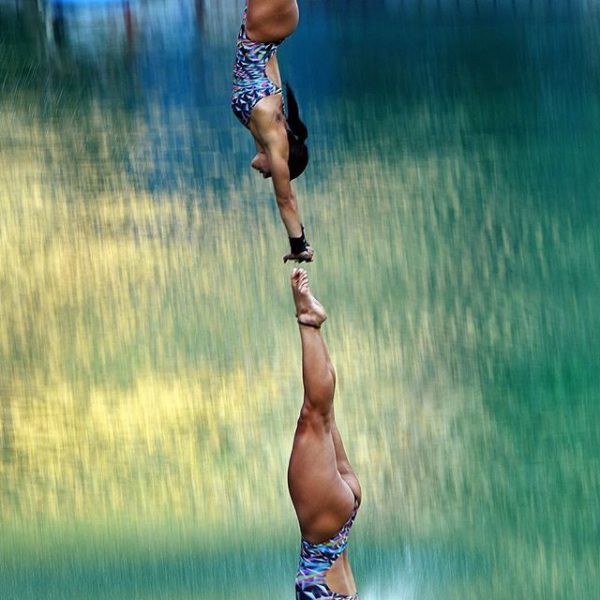
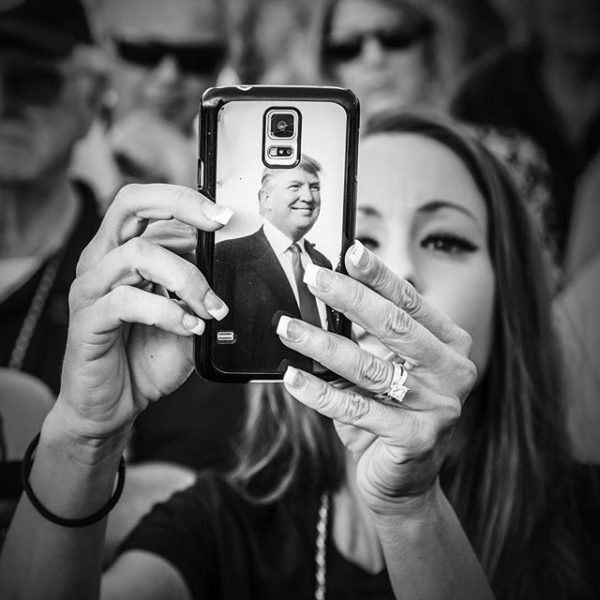
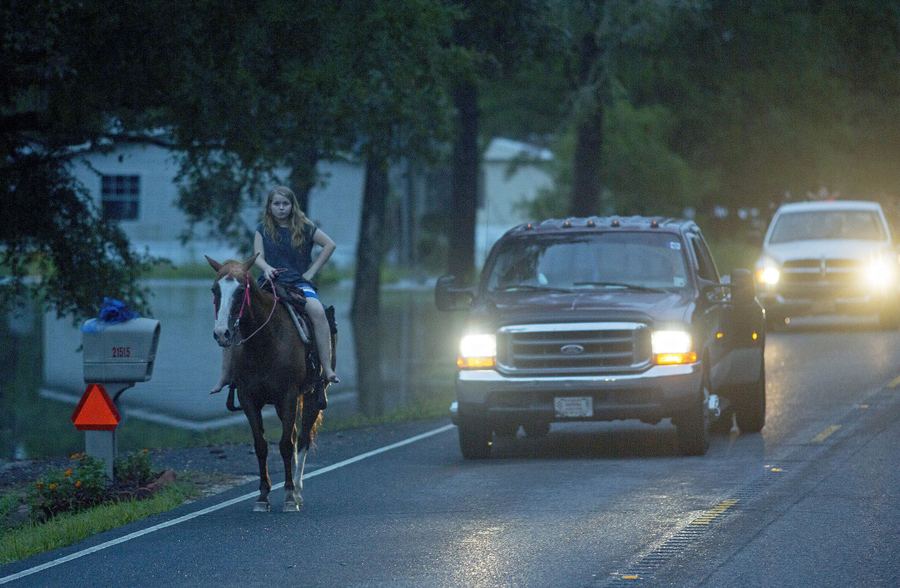
Reactions
Comments Powered by Disqus